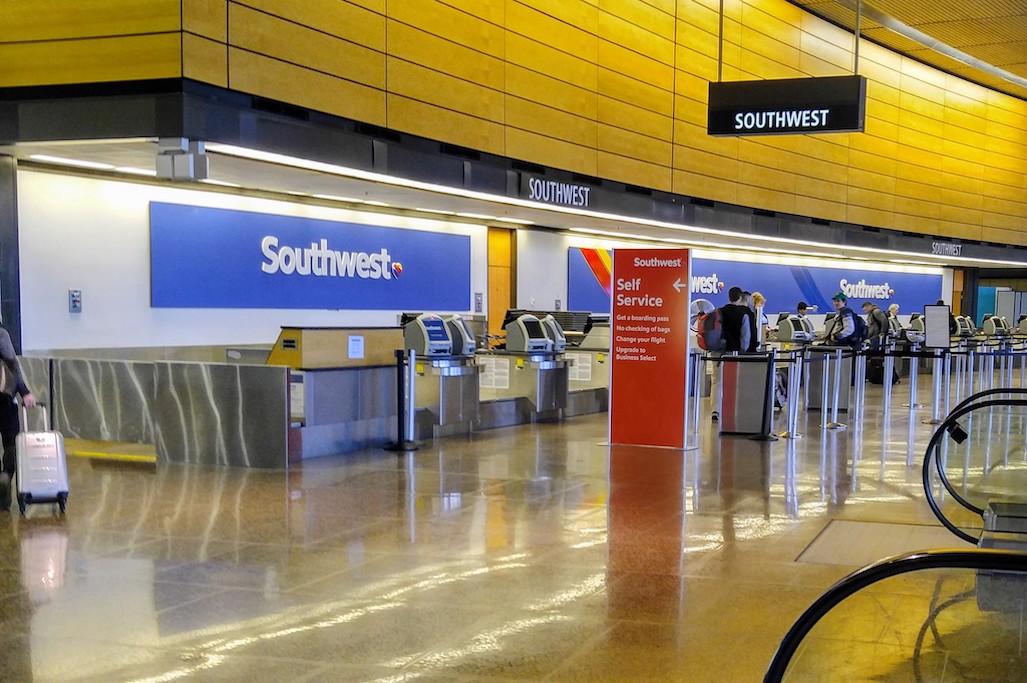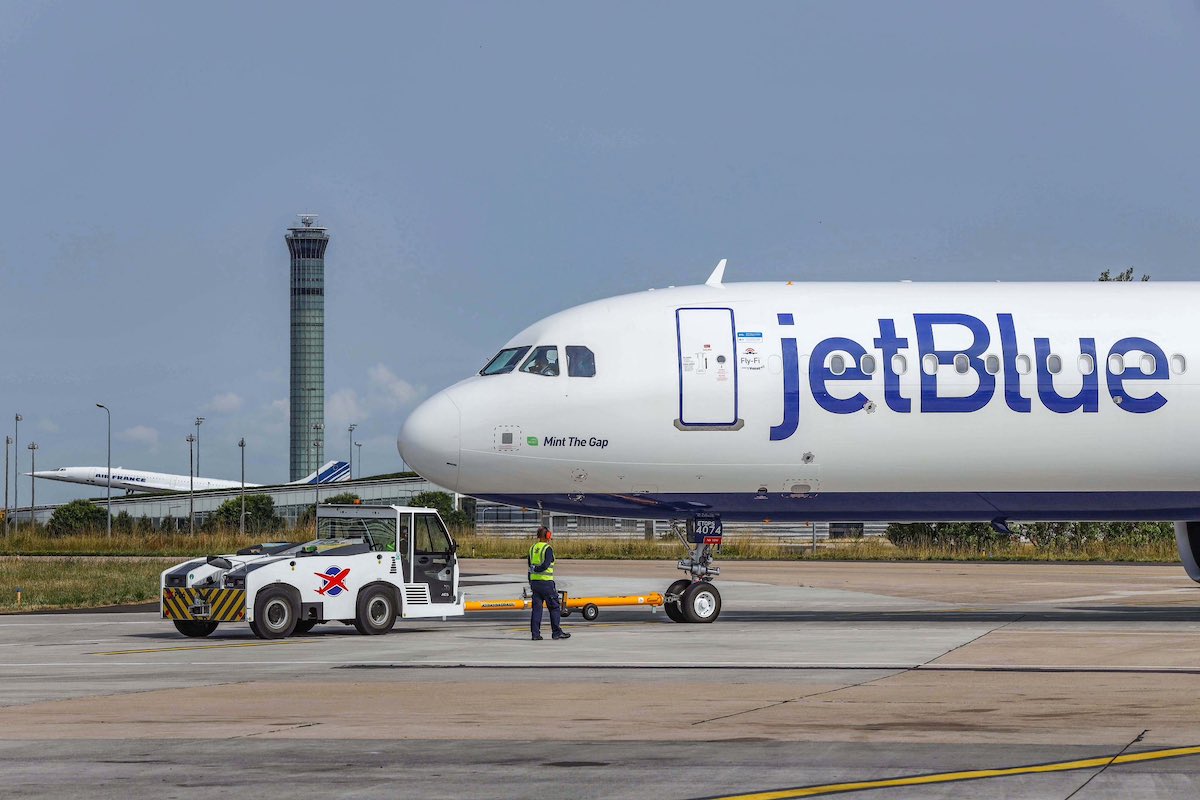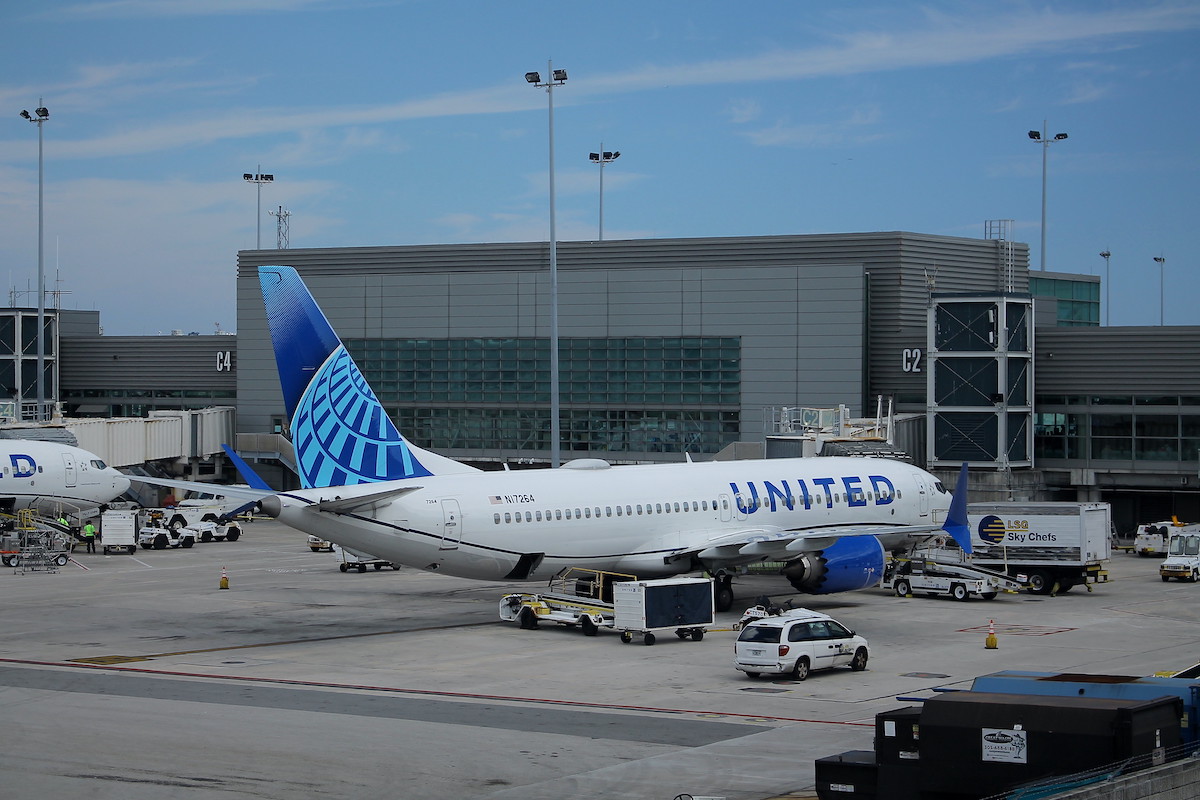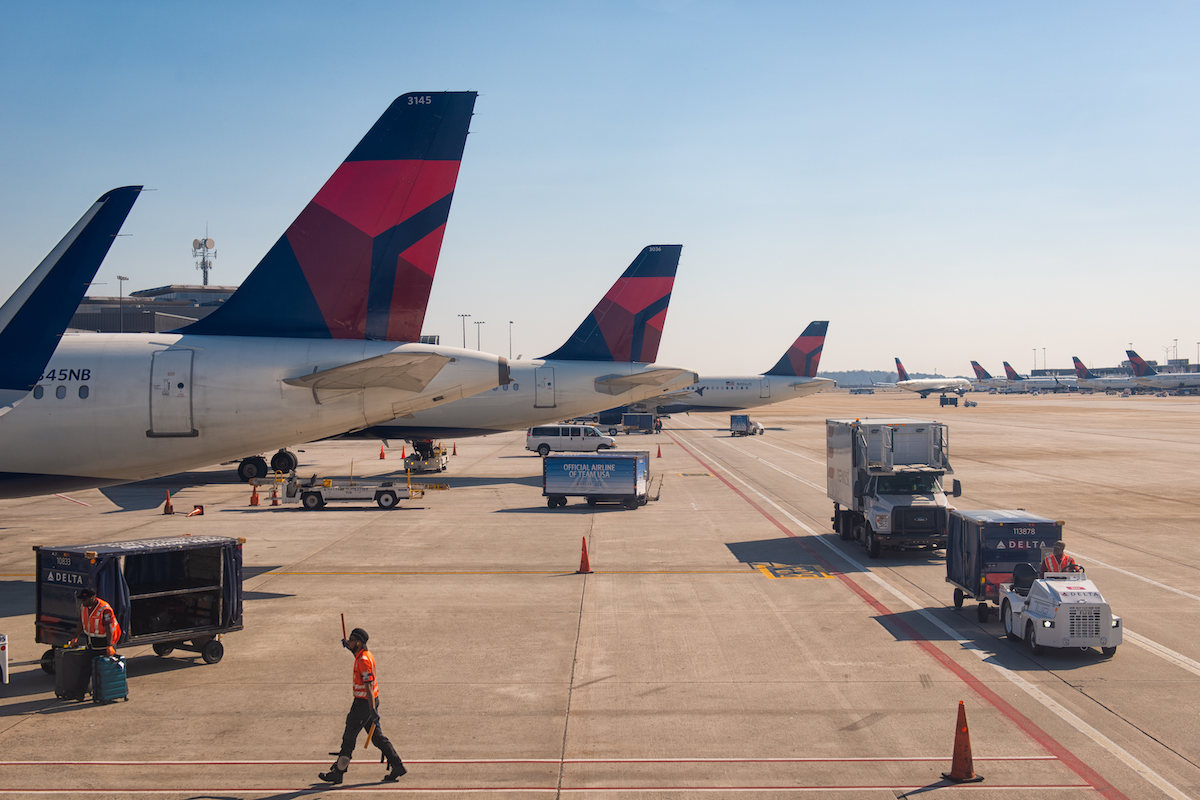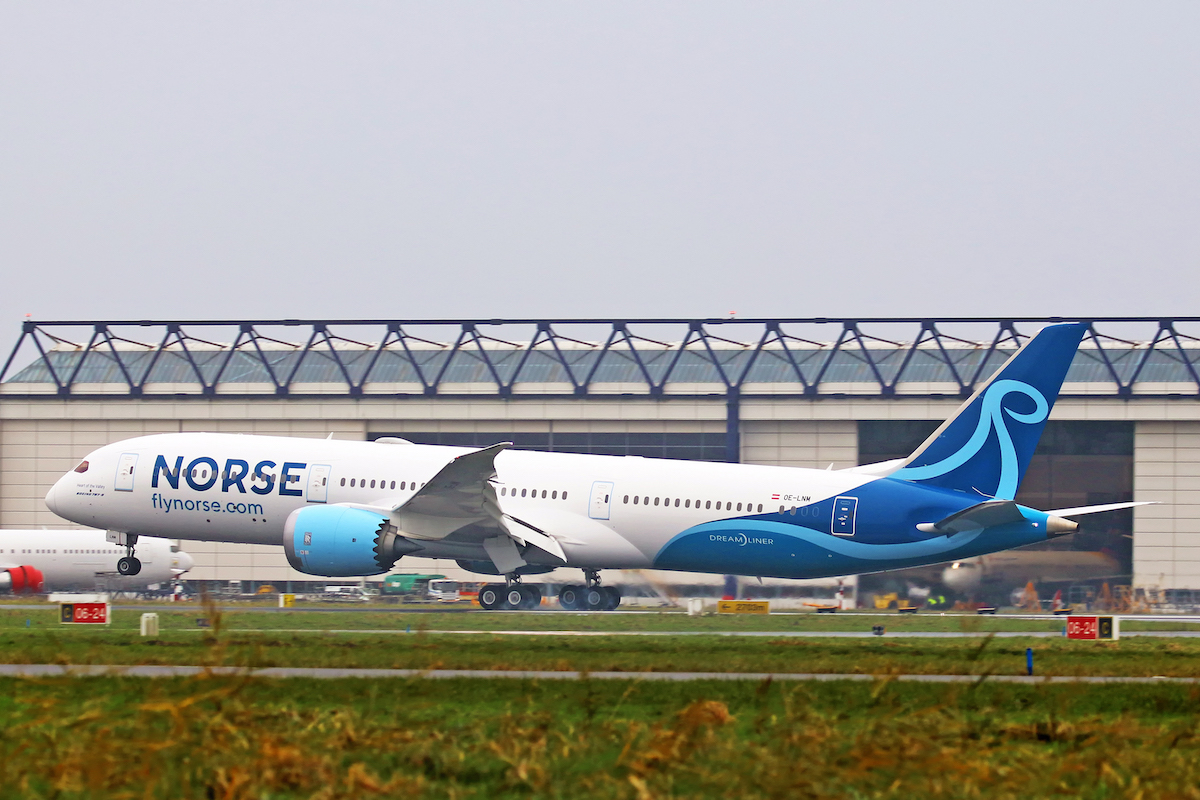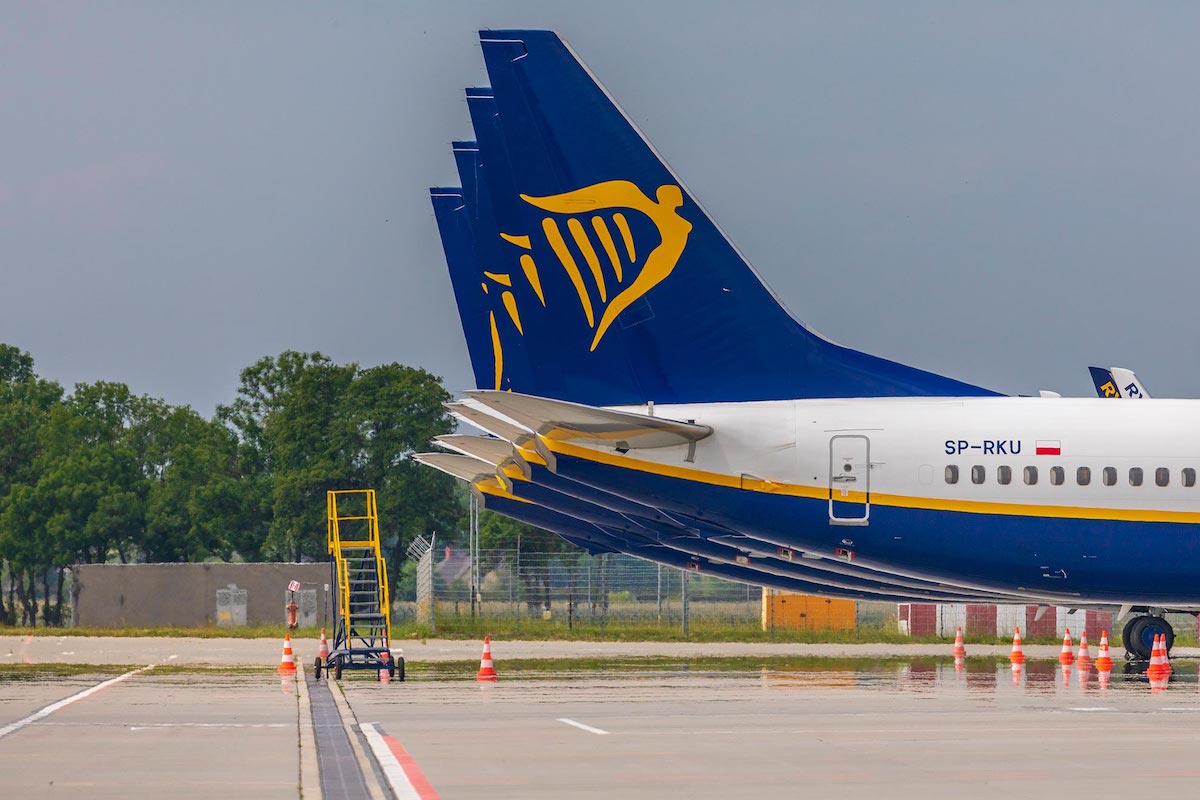There is one question that is top of mind in most major U.S. airline C-suites: When corporate travelers will return? The answer to that question has proven more difficult to forecast than most expected with year-end shifting to after Labor Day and now to early 2022 amid the ebb and flow of the Covid-19 pandemic.
Now, the industry has coalesced around a view that business travelers will return in force in 2022. Executives at American Airlines, Delta Air Lines, Southwest Airlines, and United Airlines — the four largest U.S. carriers, which together carry roughly 80 percent of domestic flyers — agreed on this timeline during recent third-quarter earnings calls. The Delta-variant surge in July and August pushed back many companies’ return to office and, by extension, their return to travel. As many have said: Road warriors have nowhere to go if offices are closed and (most) conferences are virtual.
How much business travel will come back is still a question. American President Robert Isom forecasts a full recovery to pre-pandemic levels in 2022. Executives at Delta and United are a bit more pessimistic, or at least unwilling to go on the record to say there will be a full recovery, with the former forecasting an 80-100 percent return. Still, considering the near universal view of a structural reduction in business travel that many held until this summer, the forecasts are a bright spot for airlines.
Speaking earlier in October, Cowen & Co. Analyst Helane Becker said she still forecasts an 80-90 percent recovery in business travel as she has for the past year. However, she noted that there will be some new “business” travel — she did not call this corporate travel in the traditional sense — from remote workers who moved away from their offices and must travel back regularly for meetings that could at least partially offset the decrease.
The latter trend is something Alaska Airlines is betting on. The carrier has used the crisis to build a focus city in Boise with new nonstops to many business centers and destinations, including Austin, Chicago, and Las Vegas. The carrier is betting that some of the workers who left West Coast tech hubs for lower-cost Idaho will need to make regular trips back as offices reopen
But even as airlines ponder the return of lucrative business travelers, they face other issues brought about by the pandemic. One of those is fuel prices. Executives for American, Delta, Southwest, and United all cited fuel among the challenges preventing them from forecasting fourth-quarter profits. Compared with the second quarter, the carriers forecast an at least 10-17 percent increase in average fuel prices. Only Alaska sees itself in the black during the final quarter of the year.
Brent crude stood at $85.70 per barrel on Monday, according to Bloomberg data. This represents a 70 percent increase from $50.37 per barrel at the beginning of the year.
Airlines’ costs are going up even without fuel. Several carriers slowed their capacity recoveries following the Delta surge, which put pressure on unit costs, Wall Street analysts said. The most worrisome is at Southwest, which, after a massive meltdown over the U.S. Indigenous Peoples’ Day weekend holiday, has walked back capacity in favor of better operations and staffing. J.P. Morgan Analyst Jamie Baker called the Dallas-based carrier’s view of 2022 as another transition year as a “slight concern,” citing the unit cost pressure and its slower-than-others view on the business travel recovery.
“I pushed a little too hard there in the third quarter,” Southwest CEO Gary Kelly said taking responsibility for the airline’s operational issues on October 21.
Another driver of rising costs is labor. Nearly every carrier has had challenges sourcing entry-level workers. That has forced them to raise wages and, in some cases, offer incentives beyond the typical airline carrot of free flights to attract workers. However, this issue is expected to pass as more workers return to the workforce.
“For the most part, domestic demand appears to have recovered back to July trends while international bookings (leisure and business) are” strengthening, wrote Raymond James Analyst Savanthi Syth in a report on October 24. The recovery remains a good news story for the U.S. industry, especially with the easing of international arrival restrictions for vaccinated travelers on November 8. Many airlines forecast at or near 2019 capacity in 2022, which is one measure of a full recovery.
